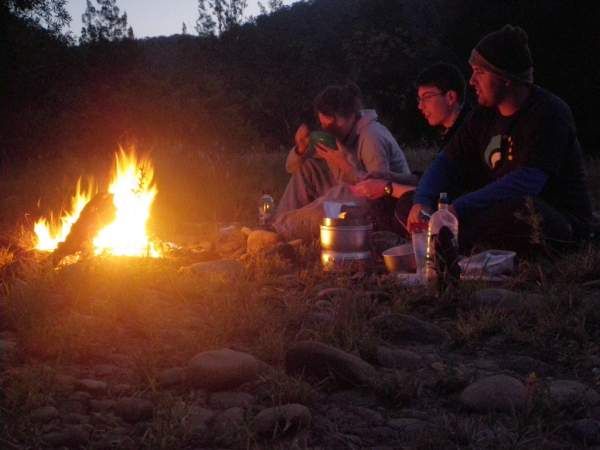
Shaws Island was quarried in the 1970's and 1980's and is now Crown land except the downstream end which is privately owned by a farmer who grazes cattle on the island. There are large areas of open ground where you can camp but there are feral pigs, horses and people who visit the island. The camps sites are best accessed from the western channel around the island. The water discharged for the Winmalee STP enters the river in this western channel and during heavy rain event raw effluent can be discharged. about half way along the island almost opposite the track up to the Shaws Farm picnic area there is an infestation of Gleditsia that have long very sharp thorns they will go through most shoes and injuries can get infected so avoid this area for camping and walks. There is also a small flat camp site on river left at the bottom of the track down from Shaws farm if you want access to toilets up in the picnic area.
Starting in 2010 Willow Warriors have conducted a Black Willow control program along the Nepean River between the Warragamba River junction and Yarramundi. The river, sand bars and lagoons around Shaws Island were a major Black Willow site and work continues as we monitor the area for black willows growing into view.
Black Willows are a class 2 noxious weed in the region and so land owners and managers are required to continually suppress any infestations. They are an issue because mature female trees can produce tens of thousands of seeds each year which ban blow up to 60 kilometers in the wind and so infest the waterways, wetlands and swamps in the Greater Blue Mountains World Heritage Area and also the wetlands and farm dams in the Hawkesbury and Nepean floodplains. Removing large infestations can be very costly particularly in the remote locations in the Greater Blue Mountains WHA.
Black Willows use considerably more water than native plants particularly when they are growing in water. The water used by 20 mature black willows is the equivalent of what Sydney resident uses in a year.










